
Comprehensive Exam & Clean
$210
Comprehensive check-up including
- Examination
- Clean and scale
- 2 bitewing x-rays
- Fluoride treatment
With the dental health week approaching, I would like to share a few words about a very common and silent disease which affects our teeth supporting structures: Gum disease.
Gum tissue in its healthy state will appear in pink or coral pink colour with natural variations in colour depending on race and complexion. It has firm, resilient tissues with orange-peel texture (known as stippling) with a shape that follows the contour of the teeth and forms a scalloped edge with no areas of redness, swelling or inflammation and no bleeding during daily brushing and flossing.
Gum disease starts affecting the gum tissues when they are exposed to a build-up of plaque around the neck of the teeth. Dental plaque is the major factor in causing periodontal disease. Dental calculus (tartar) also provides a surface for plaque to attach. This can form eighther above or underneath the gum line (supragingival or subgingival calculous) and is recommended to be removed by a dentist every 6 months. Other factors like hormonal changes during pregnancy or puberty , taking some medications, some diseases of immune system, uncontrolled diabetes and etc. are also able to exacerbate the progression of gum disease.
The gum disease has two main stages: gingivitis and periodontitis:
Gingivitis is inflammation of the gum tissue. The gums are irritated and swollen due to a plaque or calculus (tartar) build-up along the gum line. The gums may be sore, bleed easily and appear puffy, soft and swollen. Bleeding gum is one of the earliest and most common signs of gingivitis. The good news about gingivitis is that it is preventable and reversible through good brushing and flossing techniques (or other interdental tooth cleansing) and regular professional scaling and cleaning of the tartar around the teeth.
People might think it is best to stop brushing if their gums are red or puffy. But trying to keep brushing, as well as performing a thorough cleaning by a dental professional is often all that it takes to get rid of the bacteria and plaque that is causing the gingivitis. Soon the gums should look and feel better.
Periodontitis is when the bone and supporting tooth structures are destroyed. This is the advanced stage of the gum disease and happens when the gingivitis has been left untreated for a while. When the bone is damaged by gum disease, spaces can form between the tooth root and the gum. These spaces are called 'periodontal pockets' and within these pockets bacteria will trap and cause even more damage. Over time, more bone is lost, and larger spaces begin to form between the tooth and the gum.
If periodontitis is not treated it will progresses to the advanced stage, the gums severely recede (pull away from the tooth); pockets deepen and may be filled with pus. There may be swelling around the root and the patient may experience sensitivity to hot or cold or feel pain when brushing the teeth. This will eventually lead to the teeth that start getting mobile and need to be removed to stop the discomfort as well as the damage to the neighbouring teeth.
Periodontitis is a silent disease with no obvious initial signs; but there are some warning signs that some people may experience and seek a professional advised based on: gums that bleed when you brush or floss your teeth; gums that are red, swollen or tender; gums that have pulled away from teeth; infection including purulence(pus) between the teeth and gums when the gums are pressed; permanent teeth that are loose or separating; any changes in the way your teeth fit together when you bite; any changes in the fit of your partial denture; bad breath; and occasionally itchy sensation.
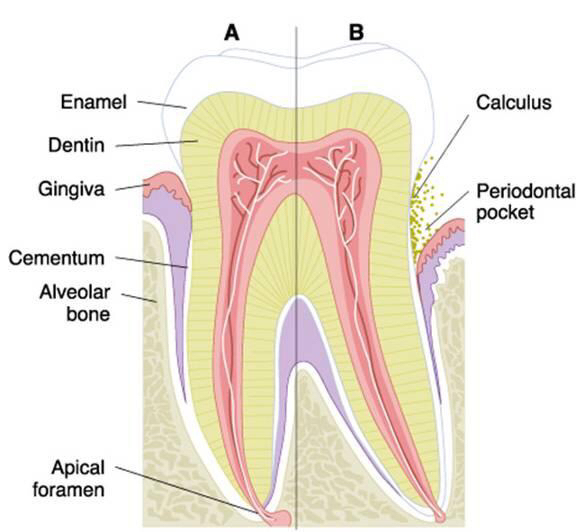
Healthy (A) vs Diseased (B) Periodontal Structures
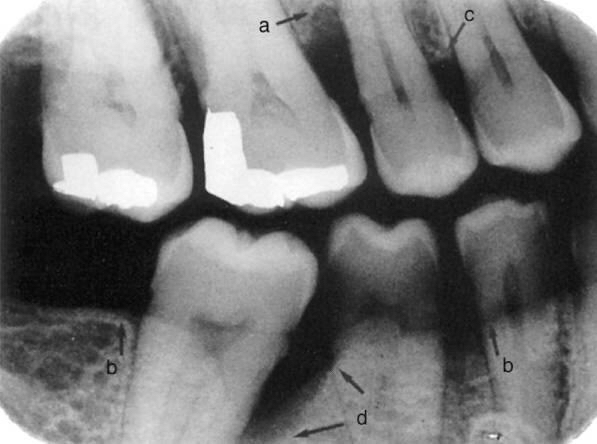
The arrows indicate varying amounts of bone loss due to periodontal disease (from Miles DA et al: Radiographic imaging for dental auxiliaries, ed 3, Philadelphia, 1999, Saunders).
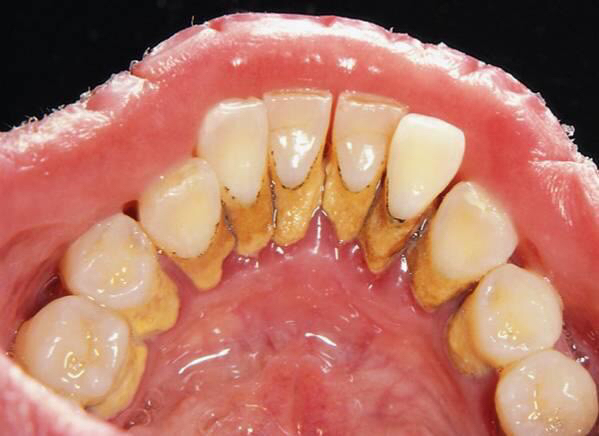
Periodontitis and the presence of heavy calculous build up.

Our Location
Our Hours
Call Us

$210
Comprehensive check-up including
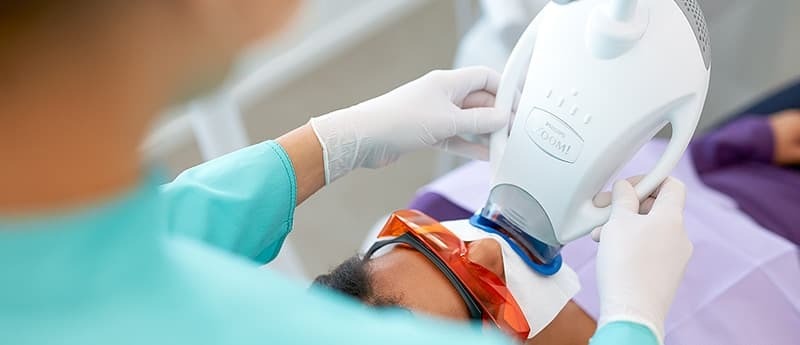
$650
In 45 minutes, Zoom Whitespeed is clinically proven to whiten your teeth up to 8 shades whiter. This is quite simply the fastest, easiest, and most effective whitening solution. If you want instant gratification, this is your best choice.

$390
Philips Zoom DayWhite & NiteWhite let you whiten your teeth when it's most convenient for you. And don't worry if you miss a day. You can start and stop your whitening program to accomodate your busy schedule.
We understand that stepping into a dental clinic can be daunting. That's why we've curated a nurturing environment where your comfort is paramount. From our friendly staff to state-of-the-art facilities, every detail is crafted to ensure your visit is stress-free and enjoyable. As advocates for holistic care, we accept all major health funds and participate in Medicare's Child Dental Benefits Scheme, making premium dental care accessible to all.








































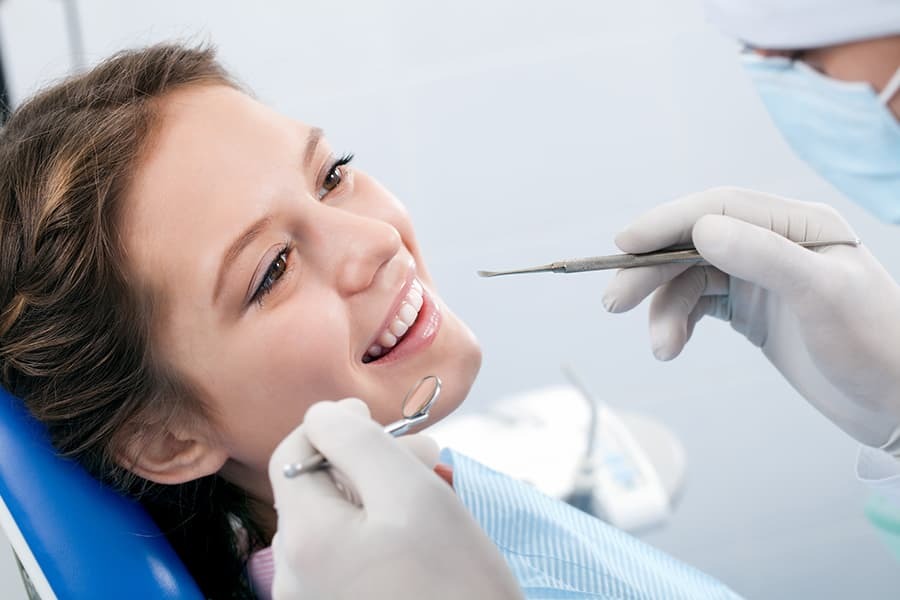
Check-up
We highly recommend regular examinations every 6-12 months. This will help us identify any potential problems so we can deal with it immediately, saving you time and money.

Teeth Whitening
Philips Zoom can give you the white smile of your dreams. With Philips Zoom whitening our dentist can recommend a custom treatment program designed around your unique needs and preferences, providing you the option that best suits your time and budget.
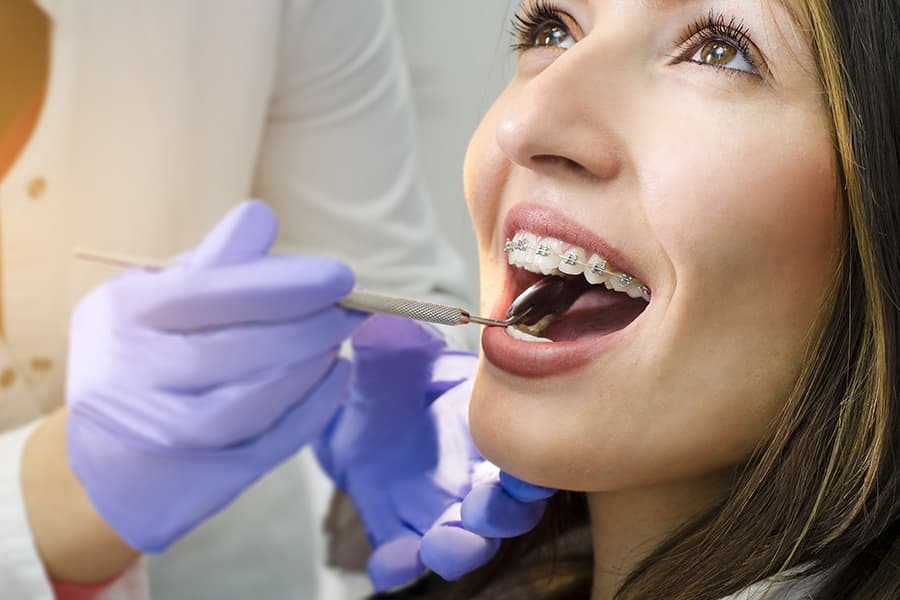
Orthodontics - Damon System
The Damon System is not just about revolutionary braces and wires, it's a whole new way of treating patients. Damon smiles are full, natural 10-tooth smiles achieved with light biologically-sensible forces, and are specifically designed to improve the overall facial result of each patient.
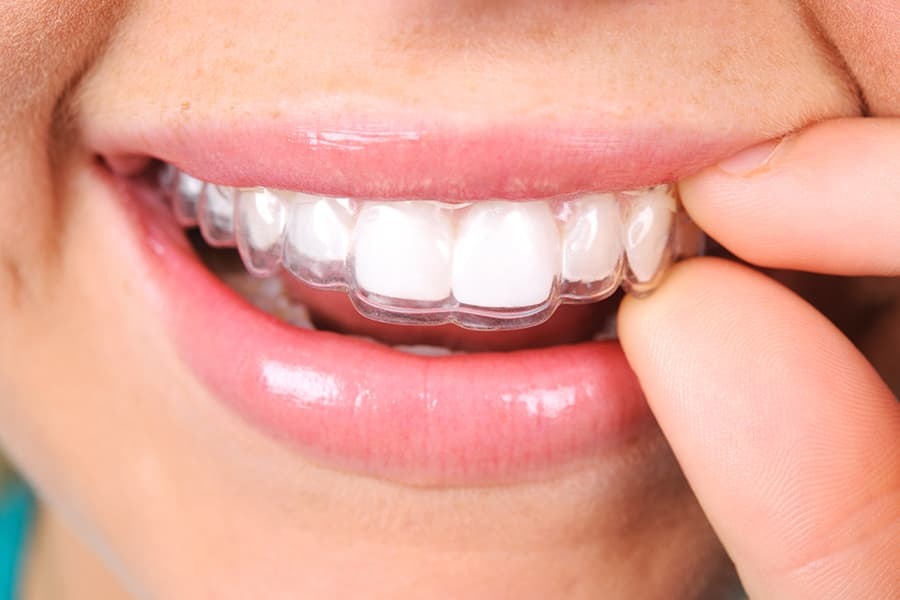
Orthodontics - ClearCorrect
ClearCorrect clear aligners straighten teeth invisibly, without metal braces. It’s easy to remove aligners and eat whatever you like. There are no wires to trap food or get in the way when you floss.

Filling
If tooth decay is detected at your regular check up, fillings may help restore your tooth with small to moderate decay.

Dental Hygiene
Maintaining good dental hygiene is important throughout your whole life.

Root Canal Therapy
Root canal therapy is considered when treating a tooth that has been affected by decay or disease.
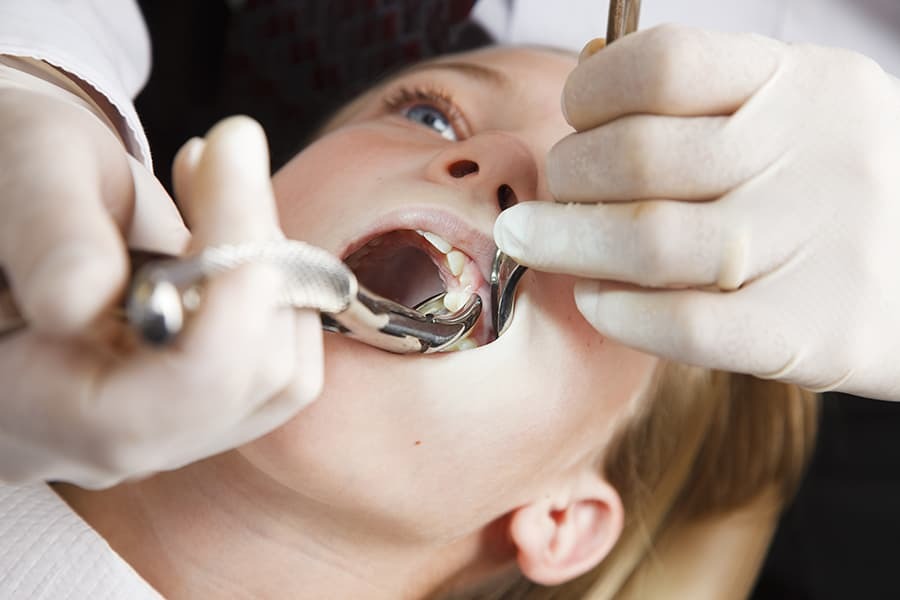
Extractions
If a tooth is beyond saving or restoring then it will need to be removed, but will eventually need to be replaced by various means.
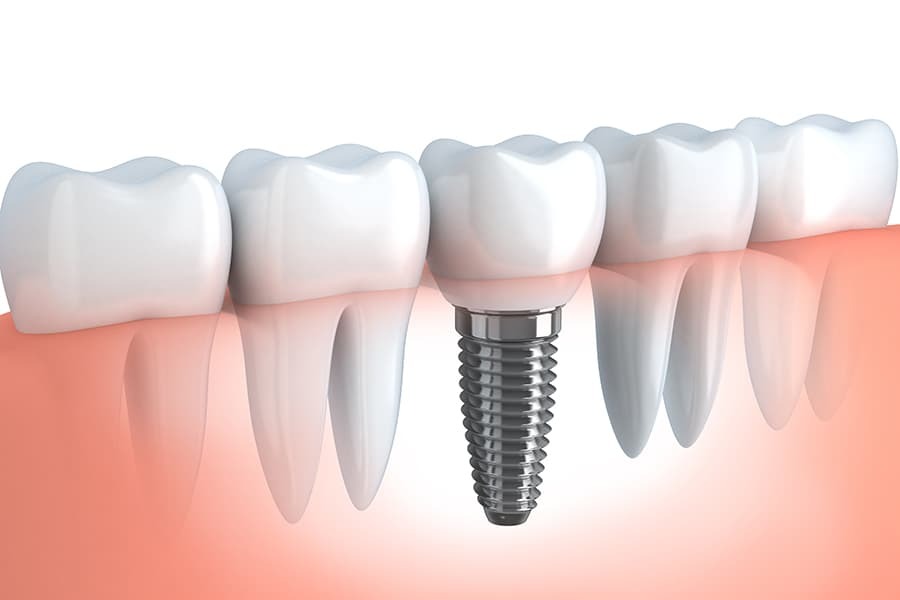
Implants
Implants can be used to replace one or more missing teeth. They are an ideal tooth replacement option because they look and feel like a natural tooth.

Children's Dentistry
It is important to monitor your children's oral health development.

Dentures
If you have lost your natural teeth due to damage, decay or injury, dentures can replace your missing teeth and restore your smile.

Crowns and Bridges
A crown may be used when treating a heavily decayed tooth or used alongside root canal therapy and implants; or as part of a bridge system to replace missing teeth.

Veneers
Veneers have many applications when it comes to restoring your smile.
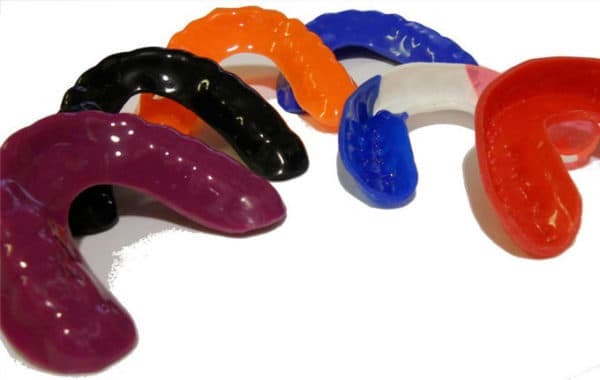
Mouth-guards
Custom made mouth-guards offer superior protection to stock mouth-guards bought at a sporting goods store.